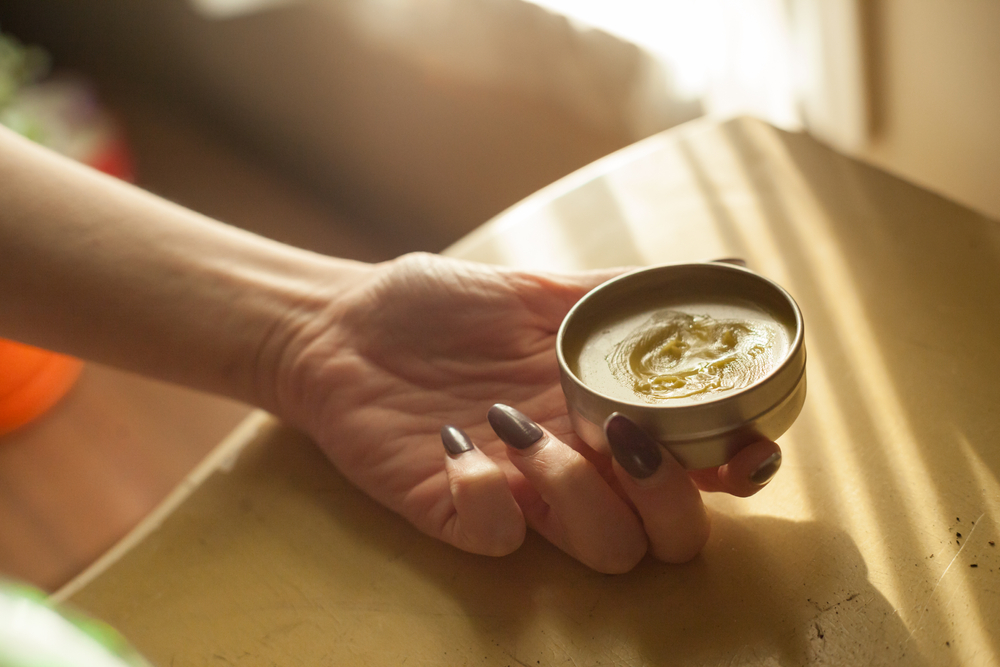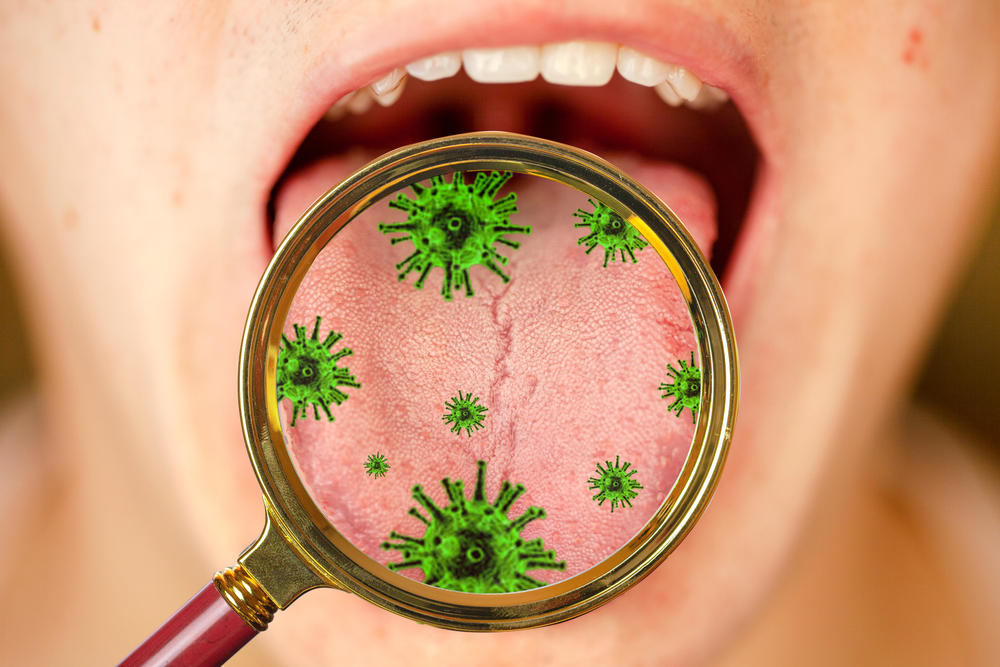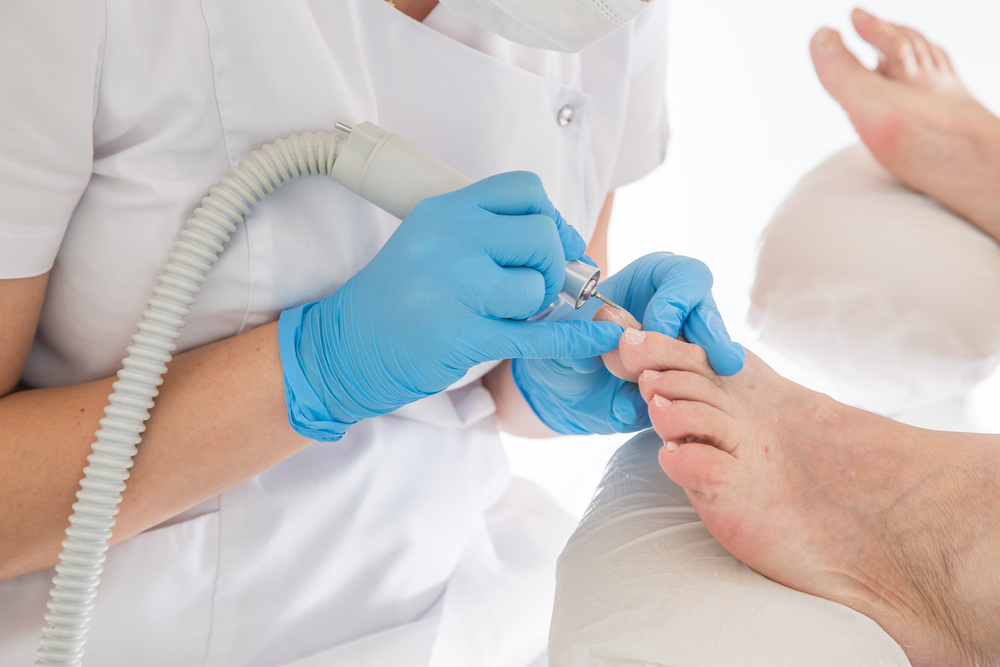If you've been suffering from a fungal nail infection, you probably are wondering how to treat it. There are a variety of treatment options available, including home remedies, prescription medicines, and laser therapy. These options will depend on the severity of the infection, and are available in most medical stores. But, if you're having trouble finding the right treatment for your case, you can always try one of these options first.
Home remedies

A home remedy for fungal nail infection treatment can be as simple as a footbath. These footbaths soften the nail plate and contain natural antifungal ingredients, such as thymol and eucalyptol. While there are no studies that prove the efficacy of Listerine footbaths, it may be a good choice for some individuals. These baths do not require a prescription, and can be applied to the affected area daily until the infection has gone away.
Although the condition is not dangerous, a home remedy for fungal nail infection treatment is still recommended for people who are experiencing pain and discomfort. People who have higher risk factors may benefit from medical treatment. Patients who have cellulitis or are at risk for developing a nail fungus infection should consider consulting a healthcare provider before trying these treatments. Home remedies for fungal nail infection treatment are often not enough to cure the problem and can cause more damage.
The fungus thrives in warm, moist places. Shower floors, locker rooms, and swimming pools are known breeding grounds. People who wear acrylic nails and nail polish are particularly susceptible to fungus infection. Fungi are also in the air, soil, and dust around us, so it is important to practice good hygiene. In addition to using antifungal home remedies, avoid exposing your nails to damp, warm environments. If you cannot stop soaking your feet in warm water, seek medical treatment.
Zinc oxide is an antifungal agent that can be found in many over-the-counter products. It works very effectively against most species of toenail fungus. One study found that this ingredient inhibited 80 percent of fungal isolates. A baking soda paste can be applied to the affected nail, or it can be mixed into a foot bath for a daily soak. For better results, apply the solution on the infected toenail twice a day.
Prescription medicines
There are several prescription medicines available to treat a fungal nail infection. Some of these drugs are more effective than others, depending on the cause. The infection of the skin under the nail, known as the cuticle, can be caused by a variety of conditions, including psoriasis and diabetes. A doctor can determine the cause by examining the affected nail and taking a sample of the infected area for analysis. Prescription medicines for fungal nail infection treatment usually consist of antifungal medications that are applied to the affected area.
Besides prescription-strength topical drugs, a primary care physician can prescribe an oral antifungal tablet. This medicine is usually taken for two to three months and can interfere with other medications. Some people have serious medical conditions, so a doctor should discuss other treatment options with them. Alternatively, some patients can undergo a laser treatment to cure the infection. Laser treatment is effective in some cases, but has a much lower success rate than oral medications.
One of the most common prescription medications for a fungal nail infection is Itraconazole. This is a common antifungal, but it can cause liver problems in some patients. It must also be used with caution if you have liver disease, since it can interact with several commonly-used drugs. You should also tell your doctor about any current medications, especially those that interact with certain types of drugs.
Topical antifungals are another option for toenail fungus treatment. These medicines come in the form of a cream or as a medication nail polish. Before applying the cream, you should soak the affected nail in warm water. The cream or medication will seep into the fungus-infected nail. The cream or medicated nail polish should be applied on the infected nail in layers for a week or two. Afterwards, wipe it clean.
Laser therapy

The FDA has approved CO2 and Nd:YAG laser systems for treating onychomycosis. These laser systems produce pulses of high energy and heat that are focused onto the nail bed. This heat destroys the infected cells while sterilizing the surrounding tissue, preventing future fungal growth. Patients typically experience a reduced number of CFUs. A recent study by Manevitch and colleagues evaluated the effectiveness of laser therapy for fungal nail infection treatment.
Although topical medications and mechanical debridement are effective for mild infections, laser treatment is the best solution for more serious infections. PinPointe Foot-Laser is a new type of laser treatment that utilizes the YAG laser, which has been used in aesthetic medicine for years for hair removal, aging spots and sunspots. In addition, it is safe for people with compromised immune systems and has few side effects.
Patients typically undergo five or six treatments, spaced five to six weeks apart. Each session lasts less than one hour and produces no noticeable after effects. The procedure requires no anesthesia and does not require downtime. The laser treatment typically requires no more than 30 minutes. While it's effective for toenail fungus, it will take time to clear. But the benefits far outweigh the risk of infection.
The mechanism of action of lasers has yet to be fully understood. While it is suspected that lasers have an antifungal effect, the exact temperature has not been determined. More research is needed to determine the safe maximum temperature for effective treatment. In the meantime, there is a growing body of evidence to support this approach. The best approach to treating a fungal nail infection is one that focuses on the nail bed.
Cream treatment
While topical antifungal creams work to kill the fungus, they are not effective against all types of fungal nail infections. Tablets are often more effective and less time consuming. However, not everyone can take tablets due to serious side effects or drug interactions. To find the best treatment for your fungal nail infection, discuss your options with your doctor. Some patients find topical antifungal creams to be ineffective.
A physician will recommend a course of oral antifungal medications if topical treatment is not effective. Oral antifungal drugs such as itraconazole (Sporanox) can clear up the infection. These drugs should be taken for six to 12 weeks. The end result of this treatment is often a nail that is completely free of the fungus. But it may take months to completely eliminate the infection.
A doctor may recommend an oral antifungal medication for fungal nail infection. However, oral medication may affect the liver and can interact with other medications. Topical antifungal medications are more effective over the long run. A doctor may recommend a combination of the two. But which is the best way to treat your fungal nail infection? Ultimately, it is up to you to decide what type of treatment is right for you.
Over-the-counter (OTC) products are another option. These creams can be purchased at your local retail store. They do not require a prescription or license, but many of them have not been tested to treat fungal nails and are not FDA approved. Most of these products work on fungal skin infections but may not penetrate the nail to work properly. So, your best bet is to talk with a doctor.
Oral antifungals

Oral antifungals are an effective option for treating fungal nail infections, but they come with side effects. In addition to causing liver damage, they may interact with other drugs. For the most effective results, these medications should be used in combination with other treatments. Here's a look at some of the most common side effects of oral antifungals. In some cases, you may not even need to visit a doctor to start using these medications.
While topical prescription medications take a year or longer to work, oral antifungals clear the infection much faster. Among these are terbinafine (Lamisil) and itraconazole, which help new nails grow free from infection. These drugs are typically taken for six to 12 weeks. Overall, oral antifungal treatment may take four months or more to clear up the infection.
A topical application of antifungal cream can help treat fungal nail infection. Typically, these medicines work best on infected nails that are thin and have already been soaked in a solution containing urea. For people with very thick toenails, a doctor might suggest filing down the nails to make them thinner. Other effective remedies for fungal nail infection include wearing flip flops and avoiding common areas.
While oral antifungals are effective at treating fungus nail infections, they also carry risks. They can cause gastrointestinal side effects, headaches, and rashes. Some can be fatal. During oral treatment, drug interactions with other medicines may cause serious problems. Ketoconazole drugs, fluconazole drugs, and terbinafine are excreted in breast milk. If you are pregnant, seek medical advice.


Leave feedback about this